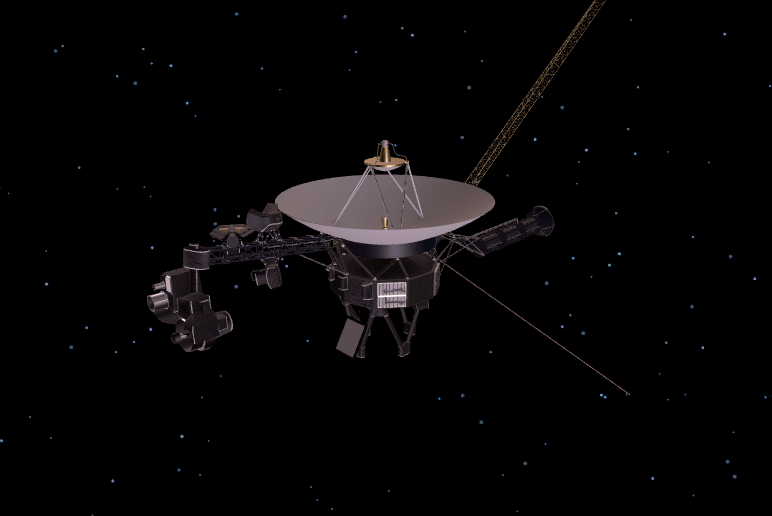When you’re trying to fix something, it helps to have that thing right in front of you. For NASA engineers, that’s often not possible, and when something goes wrong with a rover, satellite, or space probe, they have to figure out the problem and tell the high-tech machines what to do to make themselves right again. It’s a tricky process, but NASA has gotten pretty darn good at it over the years.
The latest example of those incredible skills came this week when the aging Voyager 2 probe started acting a bit, well, odd. The spacecraft failed to carry out a maneuver as planned and the glitch triggered the spacecraft’s fault detection software, alerting NASA that something went wrong.
Voyager 2, which was launched way back in 1977, is billions of miles from Earth, meaning that commands issued from NASA take a while to arrive at their destination. With the fault detection software shutting down Voyager 2’s science instruments, NASA engineers sprang into action and began sussing out what went wrong.
In its previous update, NASA explained that it had successfully powered down one of the systems that were acting up and even managed to reboot some of the science instruments that had shut down. It wasn’t yet gathering new data, but in its most recent update, it seems that has changed.
“Mission operators report that Voyager 2 continues to be stable and that communications between Earth and the spacecraft are good,” NASA explains in a new update posted on February 5th. “The spacecraft has resumed taking science data, and the science teams are now evaluating the health of the instruments following their brief shutoff.”
That’s obviously great news, but it’s also a reminder of just how incredible the technology of Voyager 2 is. We’re talking about a machine that was built in the 1970s, and it’s still up and running today, returning valuable data as it escapes our solar system and flies headlong into the great unknown.








